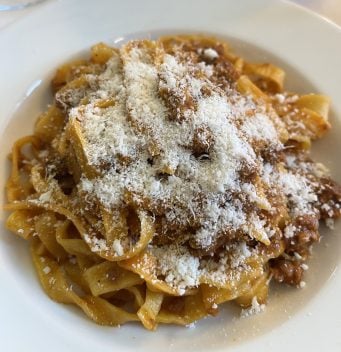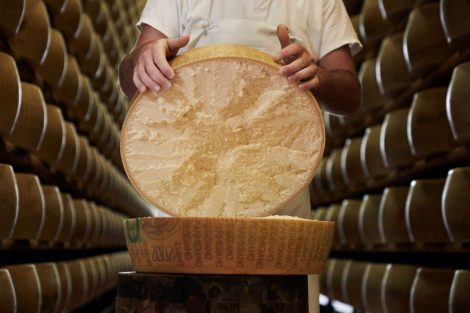The Italian wine sector is undergoing a major transitional phase due to a variety of causes, such as changes in foreign trade and reforms presented at the European level. For this reason, the Government has decided to launch a fact-finding inquiry into the wine sector, which will begin immediately and conclude in April 2026. This in-depth study is intended to serve as a useful tool to help define new growth strategies for the wine sector, both at the national level and at the European and international level.
Who will be involved in the inquiry
The consultation will be managed by the XIII Agriculture Committee of the Chamber of Deputies, which over this period will be tasked with gathering the views and reflections of both institutional figures – the Minister of Agriculture, members of the relevant European Parliament committees and representatives of the European Commission, as well as representatives of the Conference of Regions and Autonomous Provinces – and representatives of agricultural and wine industry organisations, CREA, ISMEA, members of the academic and scientific community, and sector experts.
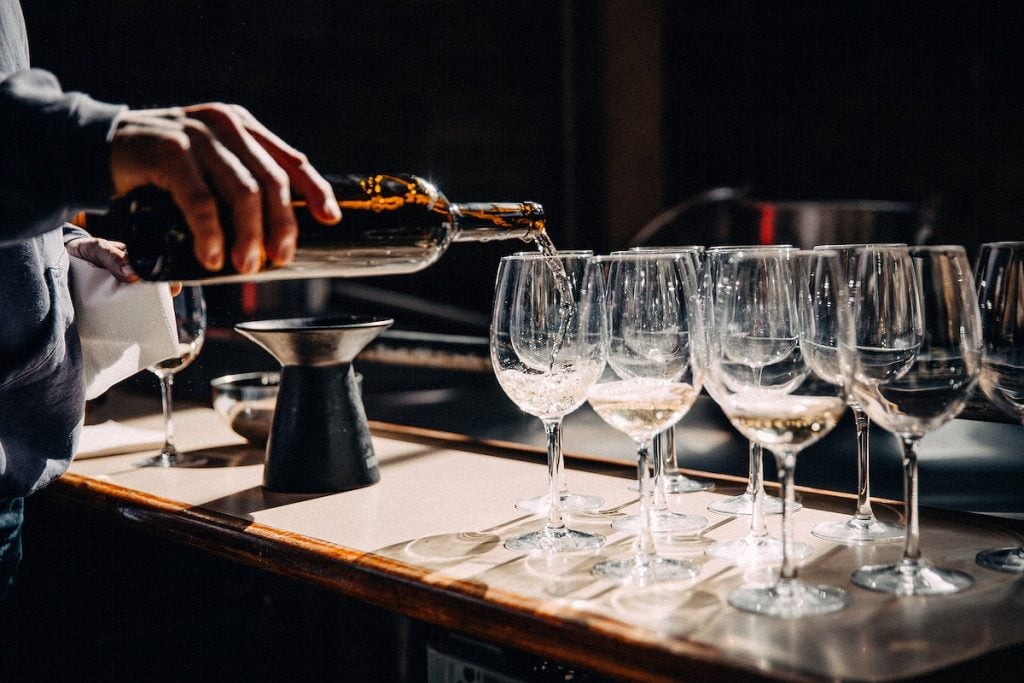
The sector’s challenges
The Government has identified three key challenges: firstly, to align wine production with a demand that is currently declining; secondly, to strengthen the sector’s resilience to both market and climate challenges; and thirdly, to adapt to consumer trends in order to seize new market opportunities. There is also room for reflection on “NoLo” products – that is, non-alcoholic or low-alcohol beverages – in terms of introducing harmonised and simplified marketing regulations.
Wine production and consumption in Italy
According to the 2023 Italian Agriculture Yearbook by CREA, wine-growing activities generated a production value of around €6 billion in the same year, accounting for roughly 8.7% of the total value of Italian agricultural production.
As for consumption, white wines are predominant in northern Italy, while reds are more popular in the central regions, with a more balanced distribution in the south of the country. The figures in the analysis attached to the resolution also show a significant drop in production during the 2023 harvest, which was the least productive since the end of World War II. Also in 2023, according to ISTAT data, wine consumers in Italy represented 55.1% of the population (65% men and 45% women). Consumption habits have become more responsible and mindful, with a decrease in daily wine drinkers due to lifestyle changes and the financial difficulties of households. In terms of preferences, white wines have overtaken reds.
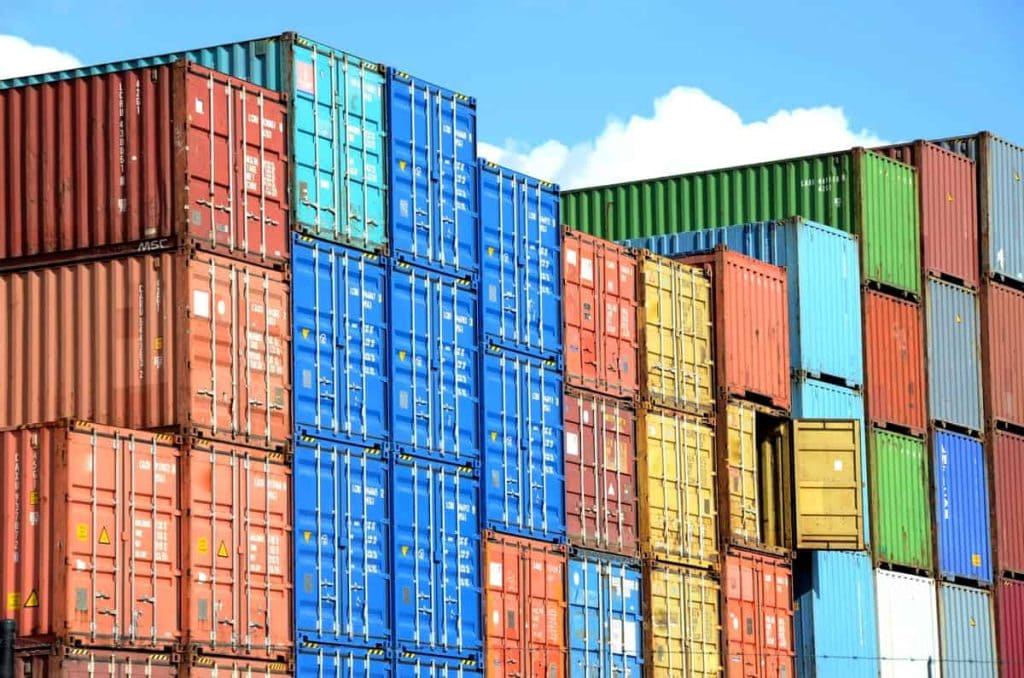
Import-export figures
Overall wine exports in 2024 show a 5.5% increase compared to 2023, rising from €7.710 billion to €8.135 billion – a reversal of the slowdown recorded in 2023 in global sales of Italian wine. As for exports to the United States, the wine sector recorded a 10.2% increase in 2024 compared to 2023, going from €1.758 billion to €1.938 billion (though the impact of Trump’s tariffs remains to be seen). In terms of volume, the sector’s exports also rose by 3.3% in 2024 compared to 2023, with a 7% increase specifically to the US market.
In terms of total imports, there was a 14.5% increase in value compared to 2023, rising from around €517 million to €592 million. Imports from the US showed a 59.6% increase compared to 2023, climbing from approximately €2 billion to €3.342 billion. However, in volume terms, total wine imports in 2024 surged by 65.6% compared to 2023, while those from the US declined by 26.3%.
The global import-export balance rose from €7.1 billion in 2023 to €7.5 billion in 2024, marking a 4.9% increase. The import-export balance with the US in 2024 recorded a +10.2% change, rising from €1.7 billion to €1.9 billion.

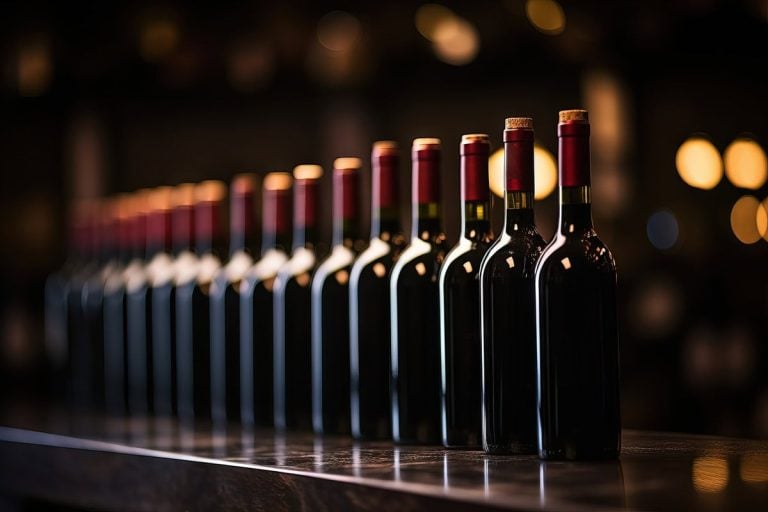
 What do sommeliers drink at Christmas?
What do sommeliers drink at Christmas? The alpine hotel where you can enjoy outstanding mountain cuisine
The alpine hotel where you can enjoy outstanding mountain cuisine Io Saturnalia! How to celebrate the festive season like an Ancient Roman
Io Saturnalia! How to celebrate the festive season like an Ancient Roman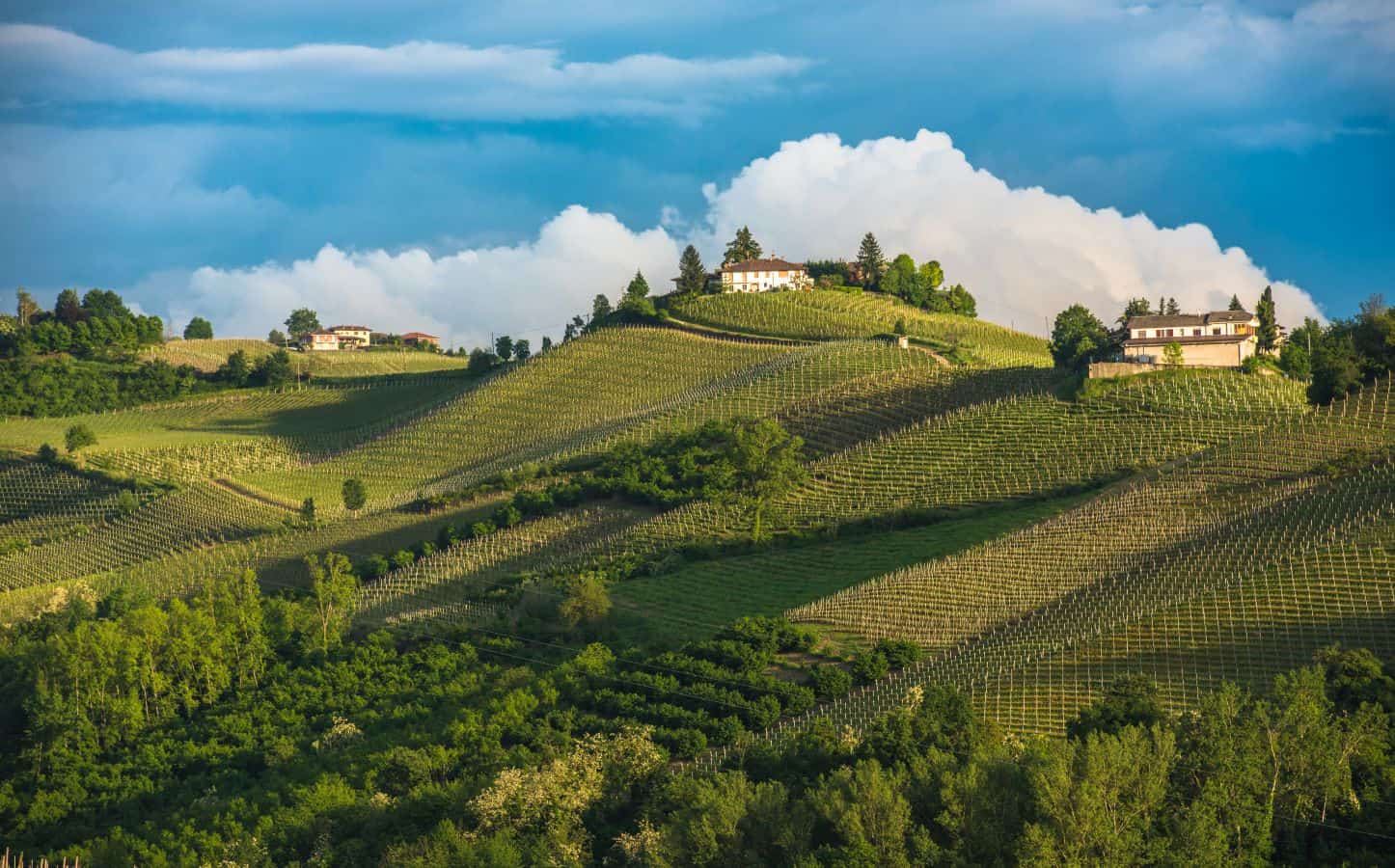 The UNESCO effect: tourism is growing, but there is a risk of losing identity
The UNESCO effect: tourism is growing, but there is a risk of losing identity The perfect pairing? Wine and books
The perfect pairing? Wine and books
